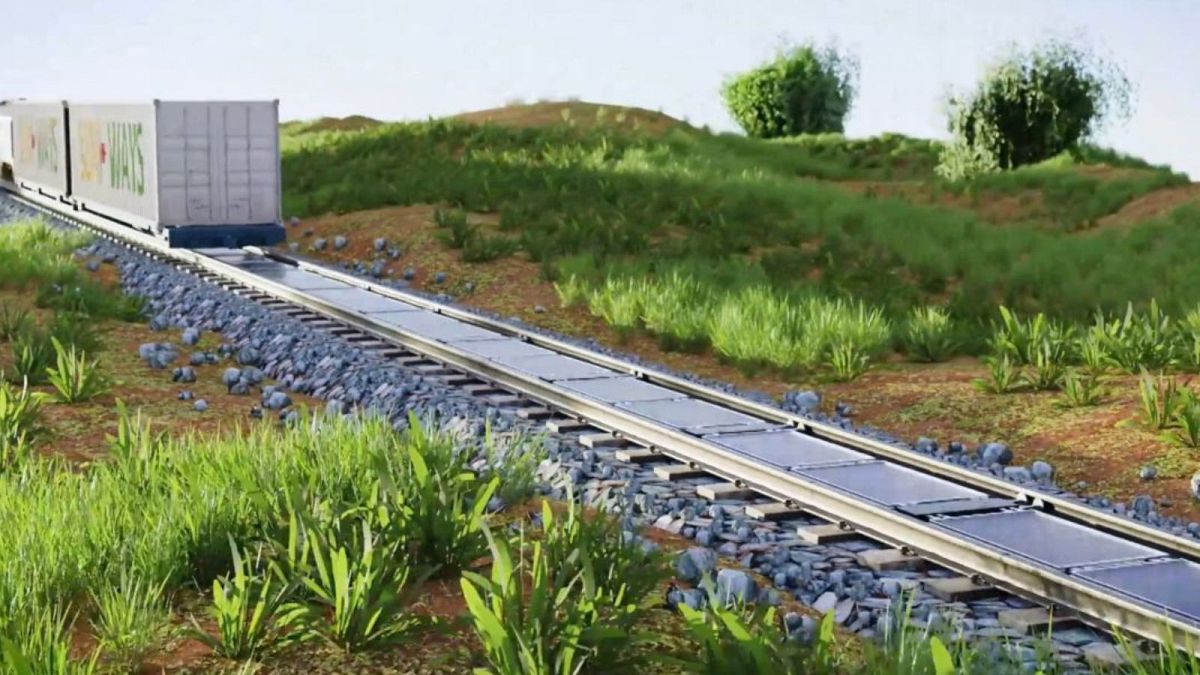I’m all for putting solar panels all over the place, but won’t these get dusty and oily and need loads of cleaning after trains pass over?
Also, costing €623,000 over three years sounds rather expensive for just 100m (although that roughly equates to 11KW).



Glad to hear it, by doing some more digging i am learning new things aswell. I actually came across this site (sadly only available in German) by one of our environmental agencies, which i found quite good and mirrors pretty much my opinion (but maybe that is why).
One particularly interesting piece of information is that they give specific numbers for the energy yield per hectare of biomass vs solar. They estimate using corn as an example crop that for biomass it is on average 20MWh/hectare vs 800MWh/hectare for solar, so a difference by a factor of 40x. Further for load balancing renewables they estimate 10% loss for short term storage through batteries and 40% loss when converted to chemical energy sources (presumably hydrogen).
And while biomass currently plays a substantial role particularly in electricity production, they link to studies that long term (2050 being the target date) energy demands can be met completely without biomass useage.
I mentioned E10 fuel earlier, which mixes 10% bioethanol into petrol. Seems like according to wikipedia it is also a thing in Sweden/Finland/Denmark. So that would be an example where plants ultimately get fed into cars. I think this is also a case where demand is induced by some EU directive that requires reduced emissions in the transport sector, and mixing in biofuels was one of the solutions to achieve this goal.
I am not 100% certain on the specifics and i assume that it isn’t a pure play where literally nothing from those plants is used for other purposes. But it’s still fair to say that these crops are primarily planted for extracting energy from them, not for feeding livestock or food. So they are directly competing with those and without this demand farmers would plant different things.
Yeah, seems like we are investing a good amount in clean hydrogen. That includes storage and pipelines. I wasn’t particularly aware of the ten-t directive, but if i undestand it correctly this is about transportation? I think as far as hydrogen goes here in Germany the main focus for that is on use in industrial settings (particularly stuff like chemical processes and steel production). But ofc it’ll also be used in other areas.
Not as common, but Munich for example has a large network, which currently is still mostly based around fossil fuels, but they are investing a lot in renewables (particularly geothermal) and plan to get it climate neutral in the longterm while expanding its reach.
Also because of a recent law every municipality has to create a strategy paper for heating (until mid 2026 for larger, 2028 for smaller ones), which includes feasibility studies for district heating. So we might see them become more widespread.
I thought about your numbers again and realised that the difference is bigger than it should be based on efficiency alone (about 3-6x all spectrum), what was their method of assessment?
Aye, it corresponds with the numbers I’ve seen for photosynthesis efficiency as well. However, and here I believe we return to the root of the discussion, A: vertical solar panels in a field of crops both produce electricity and increase crop output (due to heat shelter and better moisture retention) and B: solar isn’t abundant during winter, so we need some sort of energy storage and biomass is pretty good at that.
So, while it is not enough to offset that 40x, it will go a pretty long way of evening things out. Besides, if we produce more electricity than what is needed, the final solution, today, is to lower a heating coil into the ocean to burn off excess electricity. We will need to find energy users at the same pace we install solar, so leaving some ground for crops might not be a bad idea.
As for the energy plan, it’s a requirement in the EED, it’s the same here.